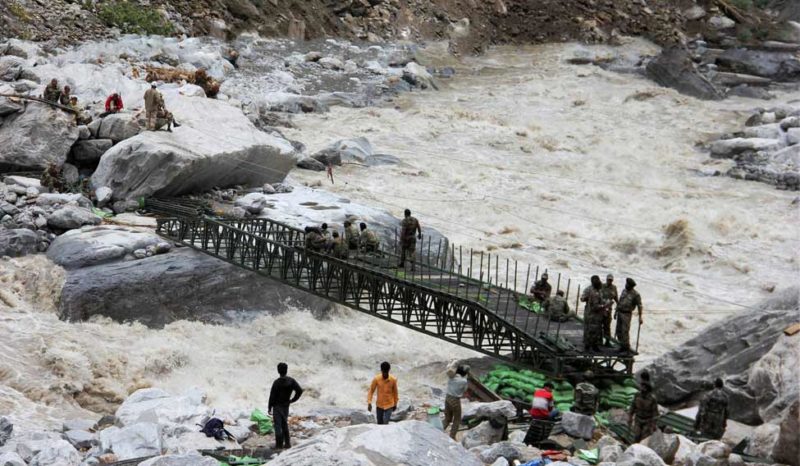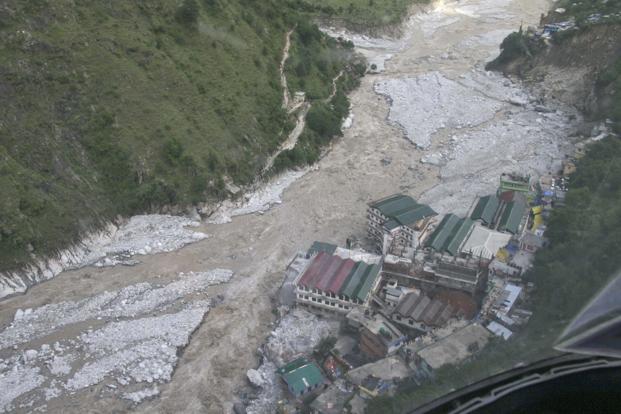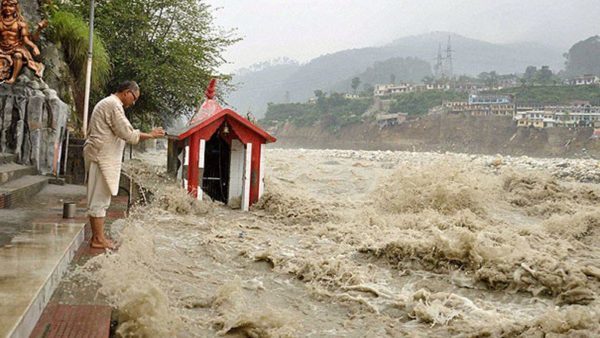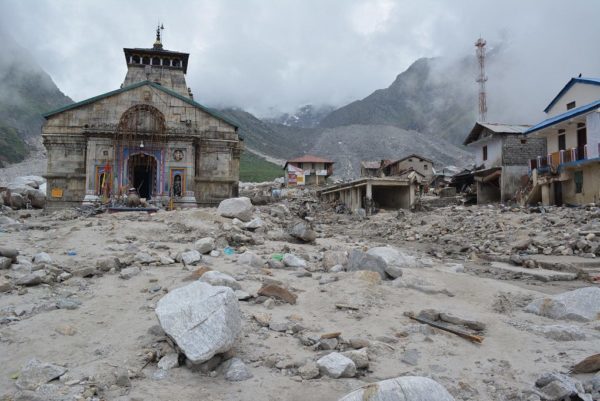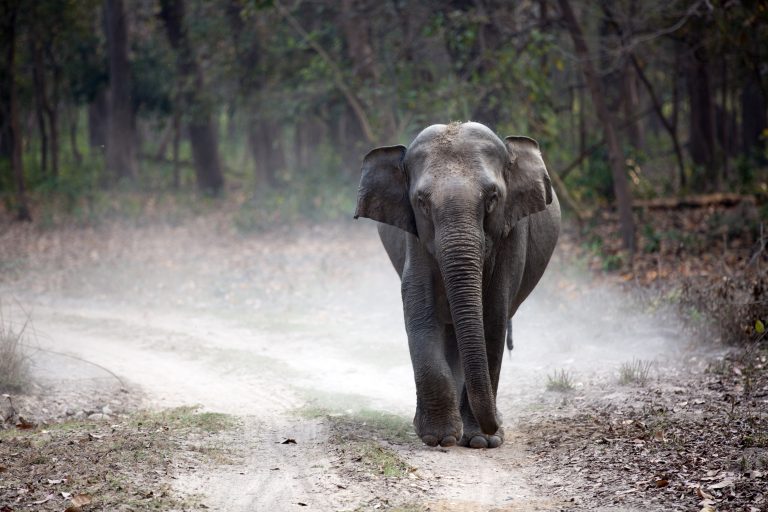5th anniversary of devastating Uttarakhand floods: Over 5,000 still deemed missing
It was June of the year in 2013 when devastating floods and landslides wreaked havoc in Uttarakhand. Such was the scale of the natural calamity that the exact death toll is still not known. As per official figures, over 5,700 people have been ‘presumed dead, which includes 934 local residents.
Between June 14 and 18 2013, Uttarakhand suffered one of the worst natural disasters when widespread heavy rains resulted in floods across the state, claiming thousands of lives and damage worth billions of rupees.
The main reason behind the disaster was the widespread heavy rains that led to flash floods in all the major river valleys in Uttarakhand. The heavy rains also caused landslides at several locations. According to a report of the National Institute of Disaster Management, the Kedarnath area was the worst affected region, where the heavy rains led to the collapse of Chorabari lake resulting in the release of a large volume of water that caused another flash flood in the Kedarnath town leading to further devastation in downstream areas. Destruction of bridges and roads left about 100,000 pilgrims and tourists trapped in the valleys leading to three of the four Hindu Chota Char Dham pilgrimage sites. The Indian Air Force, the Indian Army, and paramilitary troops evacuated more than 110,000 people from the flood ravaged area. Entire villages and settlements such as Gaurikund and the market town of Ram Bada, a transition point to Kedarnath, had been obliterated, while the market town of Sonprayag suffered heavy damage and loss of lives.
Pilgrimage centres in the region, including Gangotri, Yamunotri, Kedarnath and Badrinath (the Chardham), are usually visited by thousands of devotees, especially during June and July. Over 70,000 people were stuck in various regions because of damaged or blocked roads. People in other important locations like the Valley of flowers, Roopkund and the Sikh pilgrimage centre Hemkund were stranded for more than three days. Although the Kedarnath Temple itself was not damaged, its base was inundated with water, mud and boulders from the landslide, damaging its perimeter. Many hotels, rest houses and shops around the temple in Kedarnath township were destroyed, resulting in several casualties. Most of the destruction at Kedarnath was caused by a sudden rapid melting of ice and snow on the Kedarnath Mountain, 6 km from the temple, which flooded the Charbari lake (upstream) and then Kedarnath.
After the 2013 floods, experts as well as activists, had pointed out that the back-to-back dams on upper reaches of Ganga River and its tributaries like Mandakini, Bhagirathi and Alaknanda in Uttarakhand had intensified the magnitude of the disaster. Unprecedented destruction was also attributed, by environmentalists, to unscientific developmental activities undertaken in recent decades contributing to high level of loss of property and lives. Roads constructed in haphazard style, new resorts and hotels built on fragile river banks and more than 70 hydroelectric projects in the watersheds of the state led to a “disaster waiting to happen” as termed by certain environmentalists. The environmental experts reported that the tunnels built and blasts undertaken for the 70 hydro electric projects contributed to the ecological imbalance in the state, with flows of river water restricted and the streamside development activity contributing to a higher number of landslides and more flooding.
……………………
Source:

